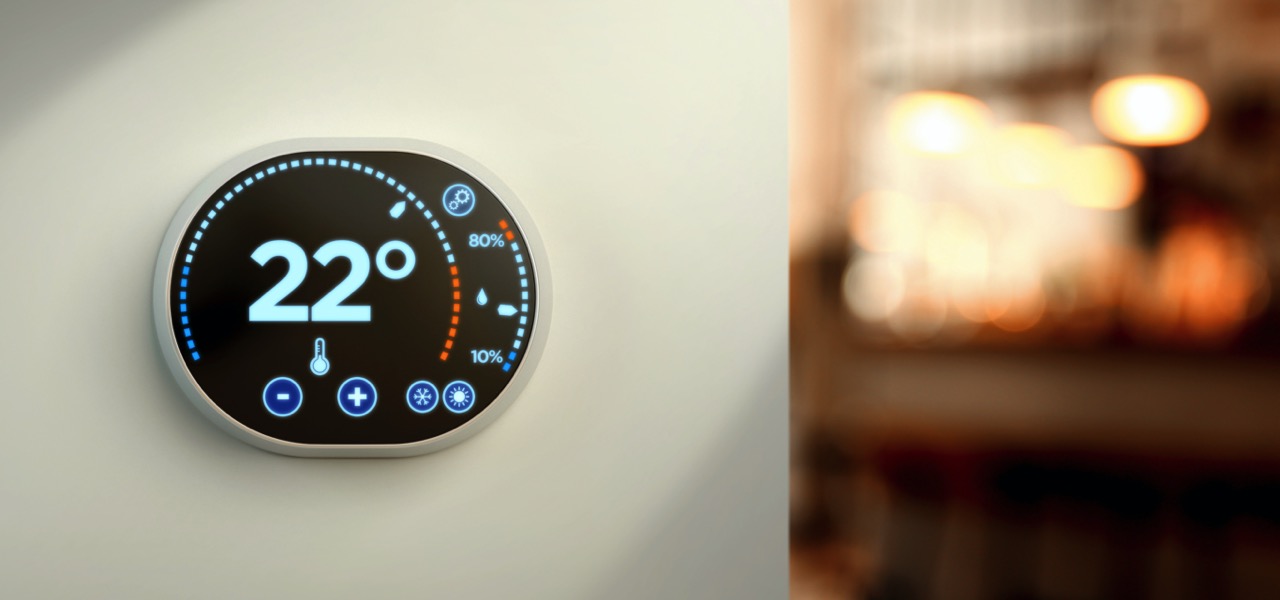
Ventilation system programming in Vilnius
About this service
Ventilation system programming
Automated systems can be great helpers, but setting them up wouldn't be possible without an experienced specialist’s skills. Our mission is to help you find one easily and quickly, so that the programming of your ventilation system wouldbe done to perfectly meet your individual needs.
Learn morePopular PROs

Kęstutis M. 55.00 €/h
EWP.com agentūros vadovas. Stengiuosi būti kruopštus, tausoti daiktus (tiek brangius, tiek ir svarbius), ir būti įdomus pašnekovas. Vykstu tik į namus/butus/kotedžus pastatytus 2005 metais ar vėliau....

Mindaugas Ž. 62.50 €/h
Atlieku Elektros ir automatikos darbus turiu Vk pažymejima
Order this service via Discontract App
Try the Discontract mobile app for free now. Order services quickly and conveniently, and choose service providers based on their ratings, prices, and work experience. Do you provide services? Join our professionals and receive payments for your work within 24 hours.

About this service
It was hard work keeping you from freezing in winter and melting in summer, but your ventilation system did it — and now it’s tired. Here’s how to give it the tune-up it deserves.
The top three reasons to do regular ventilation system maintenance
Neglecting your ventilation system is never a good idea. Here's why:
Reason #1: A healthy ventilation system means lower energy bills.
Unless you live in a solar-powered yurt, you’re no stranger to the monthly energy bill. Electricity is a commodity and maintaining your ventilation system is one big way to save money without trying.
If your ventilation system is old or in need of a tune-up, you’re essentially asking it to run twice as long and twice as hard — and charging you for every second of overtime it works. Common issues like a bad condenser coil or motor can be fixed, but if your system is getting old (10+ years is the average), the baseline energy costs of even the best-maintained system will be comparably high. Consider installing a new one.
Reason #2: Air filters get dirty — and when they do, your air quality dips.
Air filters are deceptively simple: That rectangle that slides in and out of your ventilation system is doing a lot of work all the time. Before you breathe it in, the air that circulates in your air conditioning and heating systems has been pushed through a densely woven screen of fiberglass and cloth to clear it of mold, dander and other potentially dangerous build-up.
A dirty air filter can wreak havoc on your ventilation system, causing malfunctions, impeding airflow, dirtying your air ducts and negatively affecting the air quality in your space. Your air filter is generally located behind the register (the grates where air enters and exits a room) or inside your air handler. You should check it every other month by shining a light through the mesh of the filter — if you can’t see light on the other side, it’s time to put in a new one.
Reason #3: Tune-ups can catch a carbon monoxide leak before it happens.
The underbelly of your home — where air is heated, compressed, cooled and circulated — can be a dangerous place. And if you don’t commit to regular preventative maintenance, you can run into serious issues like carbon monoxide leaks.
Carbon monoxide leaks happen when fuel doesn’t burn fully and releases toxic fumes into the air. It’s most commonly caused by a faulty furnace or clothing dryer, both of which are part of your ventilation system — and can help be kept safe by annual check-ups.
You can’t smell carbon monoxide and inhaling it can kill you. Before you start another heating season, check the batteries on your carbon monoxide detector and have an ventilation professional troubleshoot your system.
Tips for getting peak performance from your ventilation system
Keep your ventilation system running smoothly all year-round with these tips:
Tip #1: Make sure your air conditioning system is level.
Your air conditioning unit has two main parts: a compressor and a heat exchanger. It’s installed just outside of your home on a concrete slab to keep it level.
But over time, one side of the pad might sink. Depending on how extreme the tilt is, the imbalance can cause damage to coolant tubes and electrical lines running from the unit into your home, as well as leaks and water damage.
Stay ahead of things by checking your AC unit regularly for signs of sinkage (especially between seasons, when the ground is soft) and hire an ventilation technician to correct the leveling ASAP where and when gravity hits.
Tip #2: Check your thermostat settings and drip lines.
Most home systems have a user-friendly control post — for your ventilation system, that’s your thermostat.
Depending on how it’s programmed, your thermostat might not be operating at peak efficiency. That means your home gets too hot, then too cold, and your energy bills are going up.
If you’ve checked the batteries and your thermostat just isn’t working, hire a professional to put in a new one. While you’re at it, have them check your ventilation system’s drip lines to make sure moisture isn’t building up in your system, causing mold, mildew and other damage.
Tip #3: Hire a professional to do an annual safety and energy efficiency audit.
Do you know what a refrigerant line is? A ventilation technician can tell you that it’s a copper pipe that carries refrigerant (the stuff that keeps your home cool) through the entire air conditioning system. They might also tell you that when there’s frost on that pipe, you need more refrigerant.
A pro can fix problems you can’t diagnose yourself and give you other maintenance tips to keep your home running at peak efficiency.
How much does ventilation maintenance cost?
An expert of heating, ventilation and air conditioning will solve any kind of issue of your system. The cost of the maintenance of the system will depend on the type of services it needs: whether a simple inspection and adjustment of the system will do, or will it be necessary to replace the air filter or other old part with a new one. In this case, the check up of the system itself will take longer. Therefore, in order not to increase the cost due to many failures, it’s recommended to change the contaminated air filters regularly and keep the whole system clean, which will reduce maintenance costs.
Find a ventilation system pro near you
Do not hesitate until your ventilation system starts falling apart – hire a professional today and keep your heating, ventilation and air conditioning quality flawless all year round.